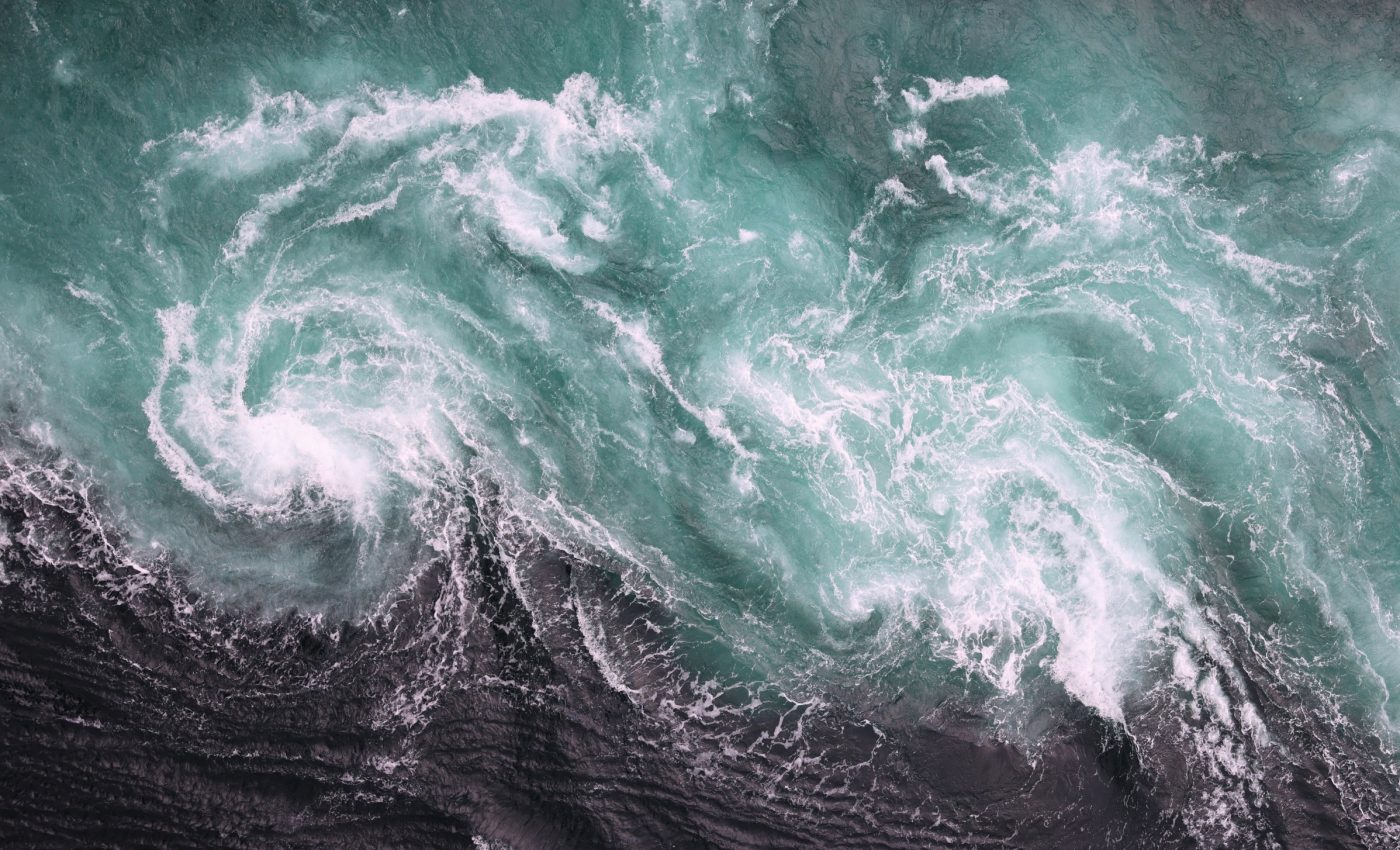
How shifting winds could weaken Earth’s biggest carbon sink
Across the far south of our planet, ancient bogs are holding on to a 15000 year old climate surprise. Layers of waterlogged plant remains show that a sudden wind shift transformed these wetlands and changed how the Southern Ocean handled carbon.
New research pulls together peat records from South America, southern Africa, Australasia, and the sub Antarctic islands to track this climate change.
The team argues that these winds still shape climate today, linking bog growth, ocean currents, and carbon pollution in ways that affect future warming.
Ancient bog clues
The work was led by Dr. Zoe Thomas, a paleoclimate researcher at the University of Southampton (US). Her research focuses on how ancient climate records reveal links between winds, oceans, and the global carbon cycle.
These bogs sit within wider peatlands, waterlogged landscapes built from layers of slowly decaying plants. Over thousands of years, those layers stack up into dark spongy soils that lock away huge amounts of carbon rich material.
In the new study, researchers sampled the base of bogs from many sites south of about 35 degrees south latitude. They used radiocarbon dating, which uses radioactive carbon, to estimate when each peat layer formed and when every swamp first began to grow.
Overall, the team compiled 201 peat starting ages across the Southern Hemisphere mid latitudes.
Those dates act as a natural logbook of when each region became wet enough, and warm enough, for permanent swamp ecosystems to thrive.
Shifting southern winds and carbon
The Southern Westerly Winds are powerful west-to-east winds that circle the mid-latitude Southern Ocean. They guide storms, shape rainfall across southern continents, and churn the ocean’s surface where carbon moves between water and air.
When this wind belt shifts slightly north or south, the pattern of rain and temperature across the Southern Hemisphere changes with it.
Regions that suddenly sit under the storm track become cooler and wetter, while areas pushed out of it can dry and warm.
The winds also influence the Southern Ocean, one of Earth’s strongest carbon sinks, systems that take in more carbon than they release.
Scientists estimate that these waters have absorbed about 40 percent of the human produced carbon dioxide stored in the global ocean.
By changing their strength and position, the winds can speed up or slow the upwelling of deep, carbon rich water in the Southern Ocean. Recent analyses of directly measured air sea carbon fluxes show that this region pulls more carbon from the air than earlier estimates suggested.
Wind signals in peatlands
When the team lined up all their peat starting ages, distinct pulses of bog growth appeared in different latitude bands at different times.
One surge began at the higher southern latitudes, while later surges appeared farther north as regional conditions shifted.
The patterns match other climate records showing the wind belt jumping north during a cooler spell called the Antarctic Cold-Reversal (ACR). That period, a cooling between 14700 and 12800 years ago, lined up with a slowdown in atmospheric carbon dioxide.
“They changed the stirring action in the Southern Ocean. Major peat growth occurred at the same time the winds shifted north or south,” said Dr. Thomas.
In the high southern latitudes, peatlands started earlier, then paused during that cooler interval, while zones slightly nearer the equator came online later.
After the cold phase ended, growth picked up again farther south, which the team interprets as the wind belt sliding back toward Antarctica.
Today’s shifting winds
Modern data and ice core reconstructions now show that the Southern Hemisphere westerly wind belt has strengthened and shifted south since the 1960s.
A recent ice core record found the change unprecedented over 140 years and linked it to rising greenhouse gases and ozone loss.
“This southerly shift has already led to increases in continental droughts and wildfires across the southern landmasses,” said Dr. Thomas.
“If the planet’s largest carbon sink becomes less effective, it will accelerate the rate at which CO2 accumulates in the atmosphere,” noted Dr. Haidee Cadd of the University of Wollongong (UOW).
Winds affect carbon storage
If the winds continue to slide toward the South Pole and intensify, models suggest they could pull carbon rich deep water toward the surface.
That process would weaken the oceans ability to store human made carbon dioxide and could send more of the gas back into the atmosphere.
The peatlands in this study add another twist, because they are major carbon stores in their own right as well as sensitive rain gauges.
When swamps expand under wetter conditions, they pull carbon from the air into decayed plants, but when they dry, that stored carbon can escape.
By linking distant peatlands with the Southern Westerly Winds, the researchers show how small wind shifts can reshape land and ocean carbon stores.
As those winds keep adjusting in a warming world, the bogs they once helped create may become early warning signals for Earth’s carbon balance.
The study is published in the journal Nature Geoscience.
—–
Like what you read? Subscribe to our newsletter for engaging articles, exclusive content, and the latest updates.
Check us out on EarthSnap, a free app brought to you by Eric Ralls and Earth.com.
—–













